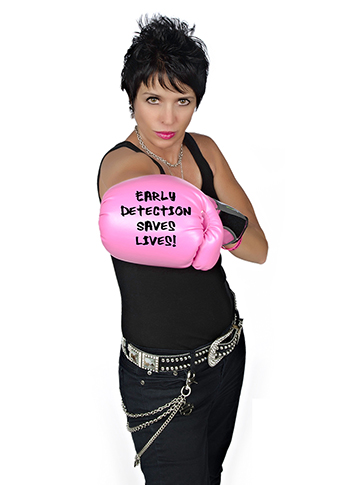 This week, James E. Craigie, MD, of The Center for Natural Breast Reconstruction answers your question.
This week, James E. Craigie, MD, of The Center for Natural Breast Reconstruction answers your question.
Question: I was diagnosed with triple negative breast cancer in my left breast in December of 2010. I had a lumpectomy in January 2011 followed by chemotherapy, a bilateral mastectomy and radiation. I have implants now. The right implant has dropped and the left is hard and contracted. I need help. My 36d has been replaced by 38b and the cups are too big. Please help.
Answer: I’m sorry you’re having problems with your breast reconstruction. Our practice specializes in breast reconstruction using your own tissue and preserving your body’s muscles. Approximately 30% of our patients have already had implants and we remove them and complete their reconstruction without implants. You may already know that after radiation the chance for complications with implants increases. We have helped many women having similar problems to what you described. I would be glad to give you more specific information about your situation but I would need more information from you. I could talk to you over the phone or you could come for a consult depending on what is most convenient and where you live. Let me know.
Have a question about breast reconstruction or post-surgical care you’d like answered from our surgical team? Just ask us!
 This week , James E. Craigie, MD, of The Center for Natural Breast Reconstruction answers your question.
This week , James E. Craigie, MD, of The Center for Natural Breast Reconstruction answers your question.












